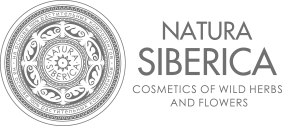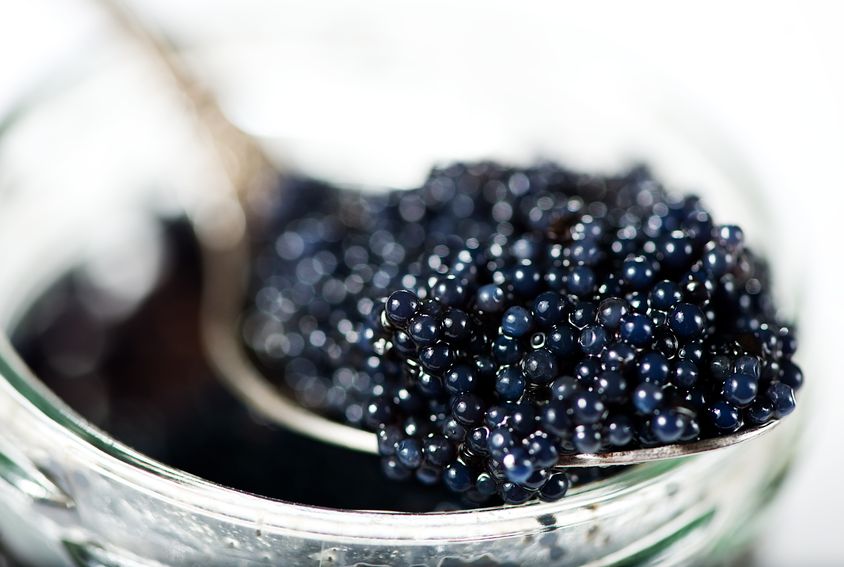Blog
LUXURY CAVIAR SKINCARE
Today, we’re exploring caviar skincare. Plus, two surprising skin-boosting traits we have in common with caviar…
For centuries—dating back to when Russia was run by czars—caviar has been a symbol of luxury. This exotic delicacy is a favorite of the well-to-do— from the banquets of aristocrats of yesteryear to the plates of the rich and famous today. It’s no wonder it’s the food of the rich and royal. Eating them on an abalone-shell spoon paired with a flute of fine champagne is pure indulgence. An ounce of premium caviar can cost up to $300!
But do these fancy fish eggs belong on your face?
Lots of celebrities swear by caviar extract as their anti-aging silver bullet. For example, Angelina Jolie used a caviar cream on her skin during all her pregnancies.
However, are the skin benefits so amazing to justify the hefty price tag? (FYI, a spa in New York City charges $1250 for a caviar facial!) The Beverly Hills M.D. team explores the history and benefits of these extravagant eggs so you can decide if splurging on a caviar facial or caviar extract product is right for you:
The History of Caviar
The Persians, who first discovered caviar, originally called it “Chav-Jar”, which means “Cake of Power”.1 In 2400 B.C., the Egyptians and Phoenicians salted and pickled the fish eggs to extend their shelf life during wars, food crises and sailing voyages. In early 14th century, England’s King Edward II declared the sturgeon as a royal fish and proclaimed every sturgeon an imperial treasure.1 When the royals of Russia fled the country in the early 19th century, they brought the trend to Europe—especially Paris—which eventually made its way to the States.
Where Does Caviar Come From?
Caviar is made by harvesting and preserving the freshly caught fish egg masses of the Acipenseridae family—more commonly known as sturgeon.2 They are most commonly derived from Ossetra, Sevruga and Beluga sturgeon species—beluga is the most expensive type.
The process starts with the extraction of the sturgeon’s eggs. They are then separated from the lumps of tissue and fat by passing them through a fine-mesh. From here, salt is added to preserve the eggs and bring out the flavor. Finally, salt-cured sturgeon roe is packaged in glass or tin containers.
Today, caviar is one of the world’s most expensive foods. Why? It can take up to two decades for sturgeon to reach its maximum adult size!
Is Caviar Healthy to Eat?
Romans believed it provides energy to the body and increased sexual stamina.17 And still today, it’s touted, as is chocolate or oysters, as an aphrodisiac.
However, there are much more important benefits of eating caviar. It’s been linked to bolstering brain health. Caviar is loaded with choline. Choline produces acetylcholine—an organic chemical that helps the brain stay sharp. In fact, a choline-rich diet has been shown to help with acetylcholine-deficient conditions like memory lapses, senility, Alzheimer’s disease, and multiple sclerosis.4
This royal roe also has high doses of omega-3 fatty acids. A recent study showed that regular consumption of omega-3 and omega-6 fatty acids may alleviate symptoms of bipolar disorder and depression.5 Another study also demonstrated that moderate intake of fatty fish—like herring, salmon, cod, caviar—and marine omega-3 fatty acids were linked with lesser rates of heart failure among US elderly.6
What’s in Caviar?
Apart from its positive effects on the brain and heart, caviar has also emerged as trendy ingredient in skin care products since the mid-2000s. In fact, lots of cosmetic companies are incorporating the extract of this classy delicacy to various beauty-enhancing products because of its rich protein and antioxidant content.
Many elements of the sea, including seaweed and algae, are proven to provide beautifying and nourishing effects to the skin.7 Caviar, which is basically a marine living thing, also has an ample amount of sea minerals and nutrients that can make it a potent cosmetic ingredient.
A recent release from the U.S. Department of Agriculture National Nutrient Database for Standard Reference has shown the breakdown of caviar’s nutritional components. This report showed that caviar is nutrient-packed with water, proteins, lipids, carbohydrates, minerals, vitamins, amino, and fatty acids, the ingredients behind the skin-nourishing and anti-aging claims of caviar extract.8
Click here to read more.


